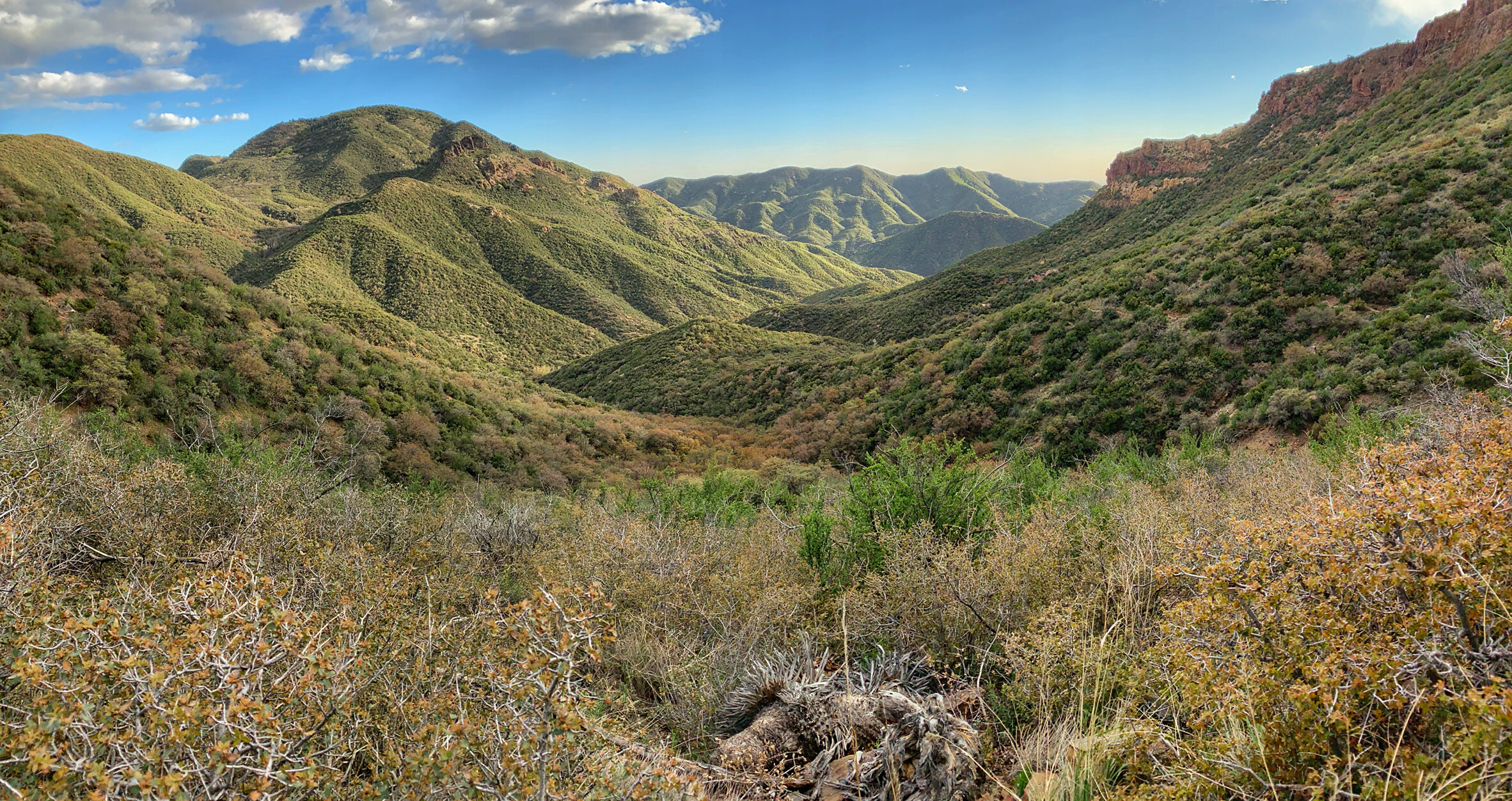Arizona Trail – Part 8: Goldfische in der Wüste
Am Morgen des 9. April brechen Ranger und ich zeitig auf. Es soll der vorerst letzte von drei superheißen Tagen sein – ausgerechnet auf einer Etappe des AZT, auf der es keine Wasserquellen gibt. Eigentlich …

